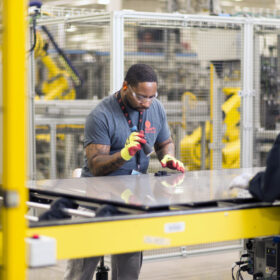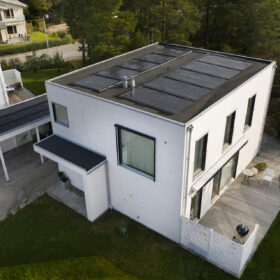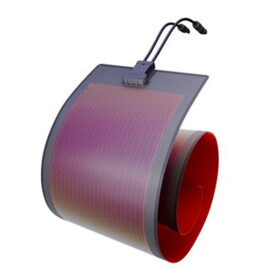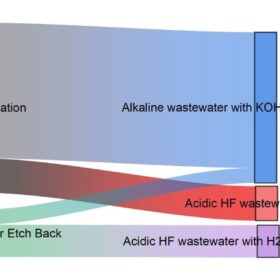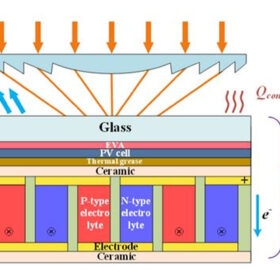New tech to demetallize, recrystallize solar cells from end-of-life PV modules
An international team of researchers has proposed a series of processes to recover silicon and other metals from recycled solar cells. Their goal is to reuse the recovered silicon in the PV supply chain.
Algorithms to detect underperforming rooftop PV panels
Australian researchers have developed multi-stage algorithms to remotely detect and accurately diagnose underperforming solar panels in residential and commercial PV systems.
Accelerated declines in solar cell prices since late March
In a new weekly update for pv magazine, OPIS, a Dow Jones company, offers bite-sized analysis on solar PV module supply and price trends.
First Solar beats Q1 revenue expectations
US-based First Solar recorded $794 million of revenue in the first quarter, beating consensus estimates by about 10%.
Voltaic Systems unveils battery monitoring system for offgrid PV applications
The U.S.-based PV system provider for infrastructure and industrial equipment without grid access has launched a battery health monitoring software module for its flagship Core Solar Power Systems product line.
Midsummer, Kaisheng partner on thin-film solar production
China’s Kaisheng New Energy Technology has agreed to produce a new line of thin-film solar panels for rooftops under an original equipment manufacturer (OEM) agreement with Sweden’s Midsummer. The modules will be exclusive to the European rooftop market through Midsummer.
TÜV Rheinland certifies organic PV product based on IEC 61215 standard
German certification body TÜV Rheinland has announced the certification of the first organic photovoltaic (OPV) product – an organic PV foil from Germany’s Heliatek – based on the IEC 61215 standard.
New water circulation tech promises lower PERC solar cell manufacturing costs
A German team developed models to illustrate water-saving potential in PERC silicon solar cell manufacturing based on a circular approach and commercially available technology. In the case of a 5 GW fab, water savings of up to 79% and wastewater discharge reductions up to 84% could be achieved, a “significant” improvement compared to a reference scenario.
New metallization tech for HJT solar cells minimizes silver use, increases efficiency
German research institute Fraunhofer ISE has unveiled a new metallization process for heterojunction solar cells that reportedly increases power conversion efficiencies by over 0.1% while reducing silver consumption. A device built with the new technique achieved an efficiency of 23.2%.
Hybrid system combining CPV, ionic thermocells achieves 49.63% energy efficiency
Conceived by scientists in China, the device consists of a Fresnel lens, a PV cell, and liquid ionic thermocells (iTECs) with electrolyte flow. In can reportedly outperform CPV systems built with thermoelectric generators, both in terms of costs and efficiency.



